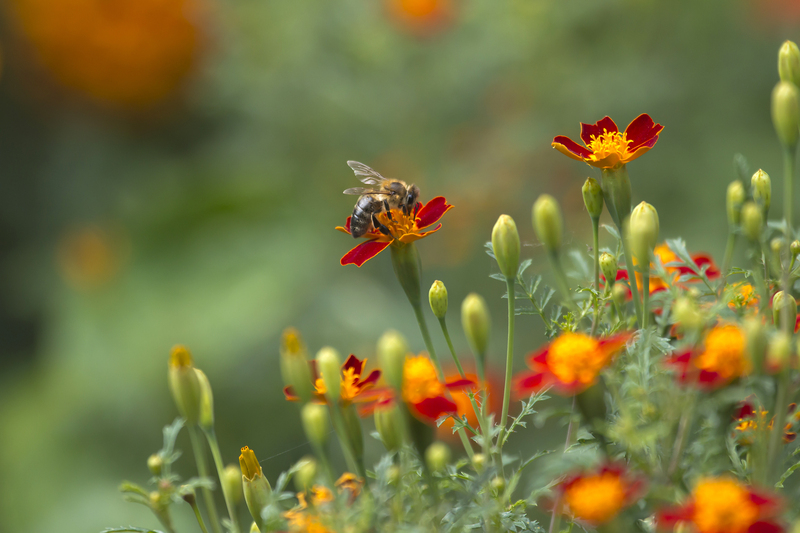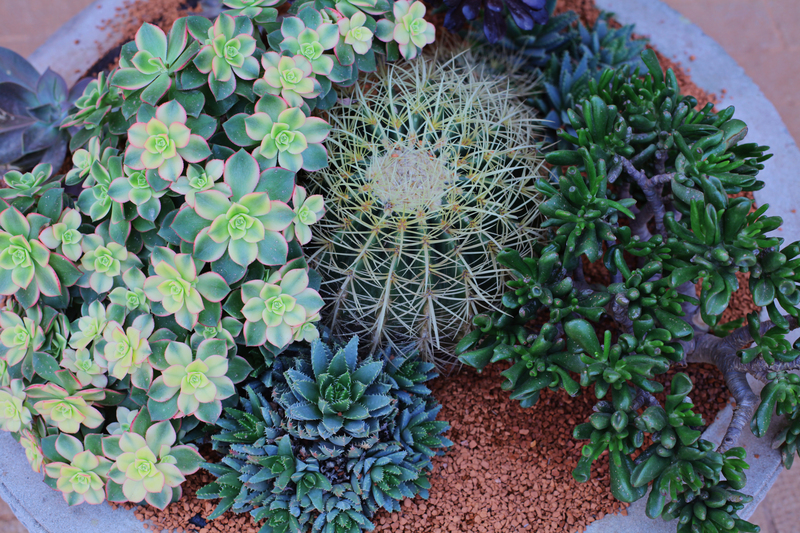9 Proven Tips to Kickstart Your Gardening Experience
Posted on 20/09/2025
9 Proven Tips to Kickstart Your Gardening Experience
Are you eager to start your gardening journey? Whether you are a beginner or seeking to refresh your skills, cultivating a thriving garden can seem like a daunting task. This comprehensive guide explores 9 proven tips to kickstart your gardening experience and set you on the path to success. Read on for actionable advice, easy-to-follow steps, and insights into creating a flourishing green space--no matter the size of your plot or container.
Why Gardening Is Worth the Effort
Gardening isn't just about growing beautiful flowers or fresh vegetables--it's a rewarding hobby that enhances your well-being. Studies show that gardening reduces stress levels, boosts mental health, and provides a source of fresh produce. As you embark on your gardening journey, you'll develop patience, a connection to nature, and a sense of accomplishment. Let's explore these 9 key strategies to kickstart your garden experience.

1. Start Small and Choose the Right Space
One of the biggest gardening mistakes beginners make is starting too big. Before you invest time and money, evaluate your available space. Decide whether you want to start with houseplants, a small outdoor patch, raised beds, or containers.
- Assess sunlight: Observe your yard or balcony for at least a week to note which areas get full sunlight. Most plants require at least six hours of sun daily.
- Understand microclimates: Some areas may be windier, wetter, or shadier. Use these natural microclimates to your advantage.
- Consider accessibility: Choose a location that's easily accessible for watering and maintenance.
Tip: Try container gardening on patios if you're pressed for space, or start with a few windowsill herbs indoors.
2. Plan Your Garden Layout Thoughtfully
Successful gardeners never plant at random. Even for novices, taking the time to design your layout pays huge dividends.
- Group plants by sunlight and water needs. This prevents over- or under-watering and keeps maintenance manageable.
- Use graph paper or digital tools to sketch your beds or containers, positioning taller plants behind shorter ones for maximum sun exposure.
- Account for mature plant sizes. Crowded gardens lead to pest and disease issues.
A little planning now means a lush, healthy, and visually appealing result later.
Pro Tip: Rotate crops year to year to prevent soil depletion and disease build-up if you plan to grow vegetables.
3. Choose the Right Plants for Your Region
Not all plants thrive everywhere. Get to know your USDA hardiness zone or similar climate-based maps in your country.
- Opt for native plants or those adapted to your area. They are hardier, require less water, and attract beneficial wildlife.
- If unsure, start with easy-to-grow varieties like marigolds, sunflowers, lettuce, chives, or mint.
Talk to local gardeners or visit a nearby garden center for advice on what grows best in your climate.
4. Invest in Quality Soil and Compost
The health of your plants starts with the quality of your soil. High-quality soil is the foundation of a productive and beautiful garden.
- Test your soil. Kits are inexpensive and will identify acidity (pH) and nutrient levels.
- Enhance poor soil with compost, which adds nutrients and improves texture.
- Mulch around plants to retain moisture, control weeds, and stabilize temperatures.
Did you know? You can begin making your own compost at home with kitchen scraps, yard waste, and cardboard.
5. Master Watering Techniques
Watering can make or break your gardening experience. Overwatering is a common beginner mistake, while underwatering leads to lackluster growth.
- Water early in the morning to reduce evaporation and fungal diseases.
- Deep soak the soil rather than sprinkling the surface.
- Use a soaker hose or drip irrigation for efficiency and to direct water to the roots.
Observe your new plants carefully--wilting, yellow leaves, or stunted growth may signal watering issues. Adjust routines based on weather and soil moisture.
6. Get the Right Tools--and Keep Them Handy
You don't need expensive gadgets, but a few essential gardening tools will simplify your tasks.
- Basic hand trowel and fork
- Pruners or shears
- Watering can or hose with spray nozzle
- Gardening gloves
- Spade or shovel for digging
Keep your tools clean and sharp. This extends their lifespan and prevents disease from spreading between plants.
Tip: Store your tools in a dry area and clean them after each use to avoid rust.
7. Fertilize Responsibly for Robust Growth
Give your plants a head start with the right nutrients. Organic fertilizers, such as composted manure or bone meal, are gentle and effective for beginners.
- Follow label instructions to avoid fertilizer burn.
- Less is more: It's safer to under-fertilize than to over-fertilize.
- Pay attention to specific needs--vegetables may require different feeding from flowers.
Remember: Healthy soil often means less need for added fertilizers, so focus on compost first!
8. Practice Regular Pruning and Maintenance
Developing a low-maintenance garden is possible, but regular upkeep is still required for a flourishing green space.
- Deadhead faded flowers to encourage more blooms.
- Remove dead or damaged leaves and branches.
- Check for pests and diseases weekly.
- Keep weeds in check--they compete for water and nutrients.
A few minutes each day or week can save hours fixing problems later. Consistency is key!
9. Keep Learning, Stay Curious, and Enjoy the Journey
Perhaps the most important proven tip for new gardeners is to embrace the learning process. Gardening is about growth--for your plants and yourself!
- Join a local gardening club or participate in online forums for advice and camaraderie.
- Visit botanical gardens for inspiration, new ideas, and expert tips.
- Experiment with new plants or gardening techniques each season.
- Keep a gardening journal to record your successes and lessons learned.
Most importantly: Have fun! Don't stress over mistakes. Every gardener, from beginner to master, faces setbacks. Each challenge is a chance to grow and refine your gardening experience.
Frequently Asked Questions
What are some common mistakes for gardening beginners?
- Planting too closely together
- Over-watering or under-watering
- Choosing plants unsuited to the local climate
- Ignoring soil preparation
- Starting with too many plants at once
How can I garden in a small space or indoors?
Container gardening, vertical gardens, and windowsill herb gardens are all fantastic options for people with limited space. Choose compact varieties, use high-quality potting mix, and make sure your chosen spot receives adequate light.
How long before I see results from my gardening?
Some fast-growing vegetables, like lettuce or radishes, can be harvested within a month. Flowers such as marigolds bloom quickly. Remember, gardening is a process--patience yields the best rewards!

Conclusion - Start Your Gardening Journey Today!
There's no better time than now to begin your own gardening adventure. With these 9 proven tips to kickstart your gardening experience, you'll be ready to cultivate a green space that brings joy, beauty, and home-grown harvests. Remember to start small, plan carefully, and stay open to learning along the way. Happy gardening!
- Choose your space wisely
- Plan your layout
- Select region-appropriate plants
- Focus on soil health
- Master watering
- Get essential tools
- Fertilize with care
- Maintain and prune regularly
- Keep learning and enjoy the process!
If you follow these essential gardening tips, your green thumb will emerge in no time. Every garden starts with just a few seeds--and a touch of curiosity.
Share Your Gardening Experience!
Have a question or personal tip to add? Join the conversation below and share your own gardening journey. Your insight could help others kickstart their gardening success!

